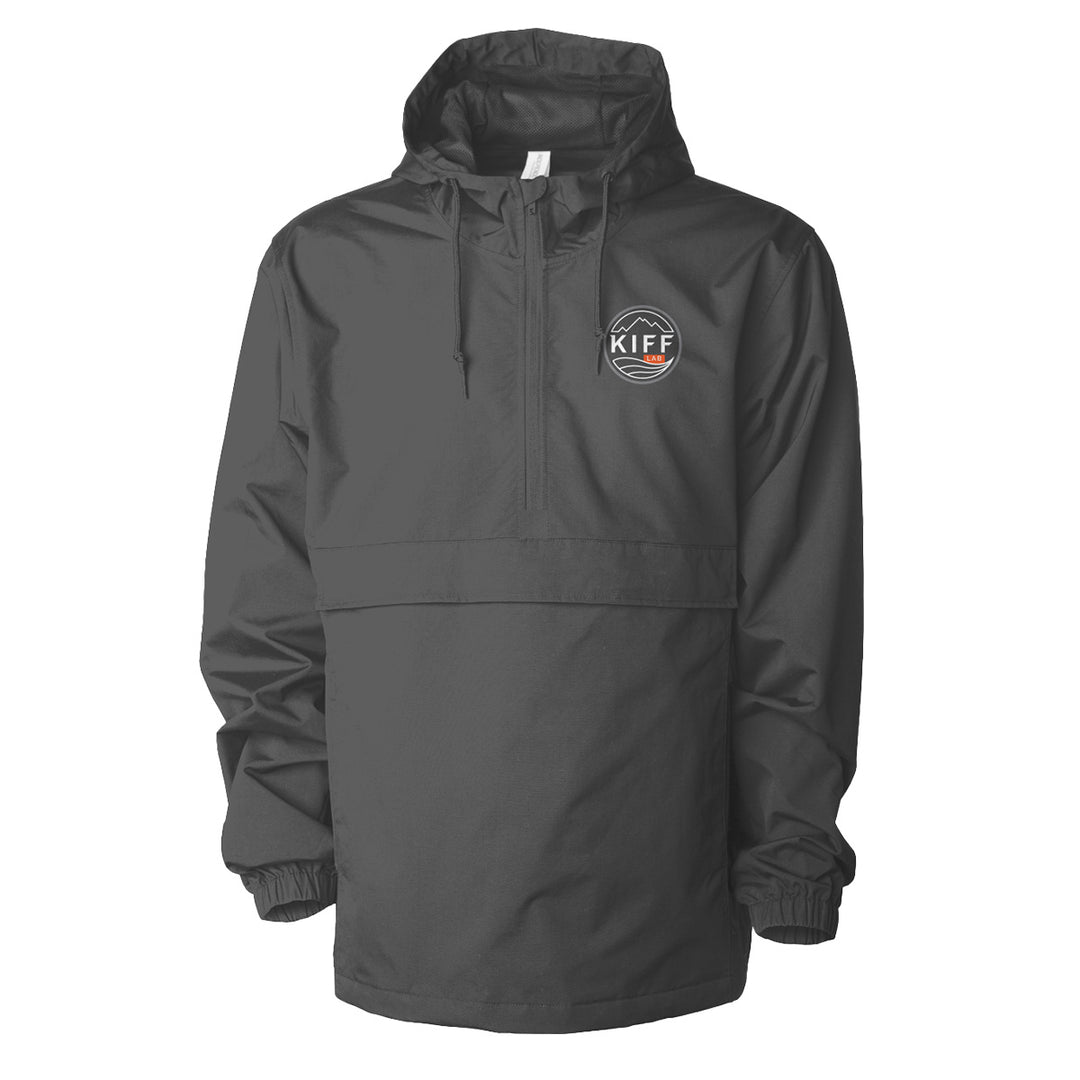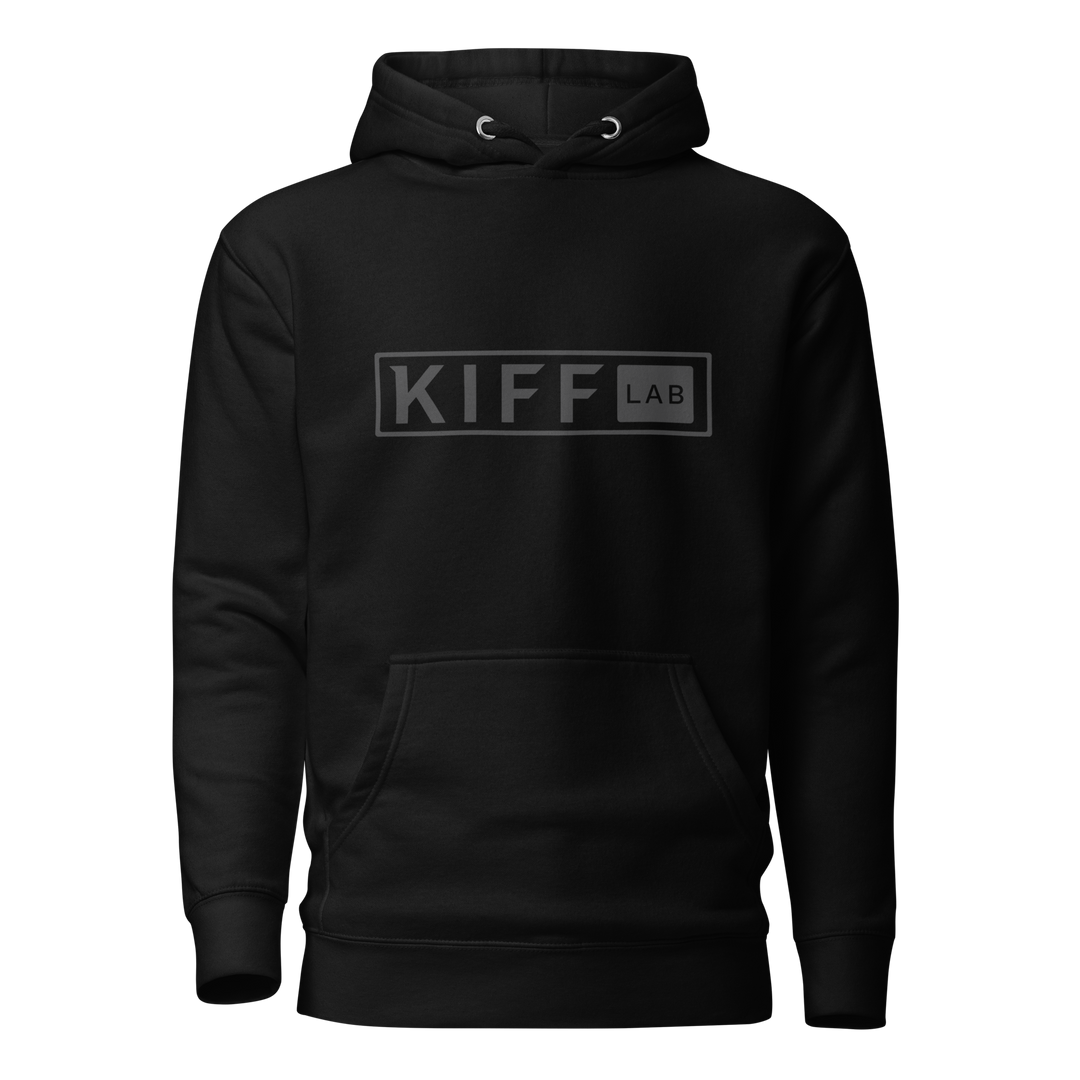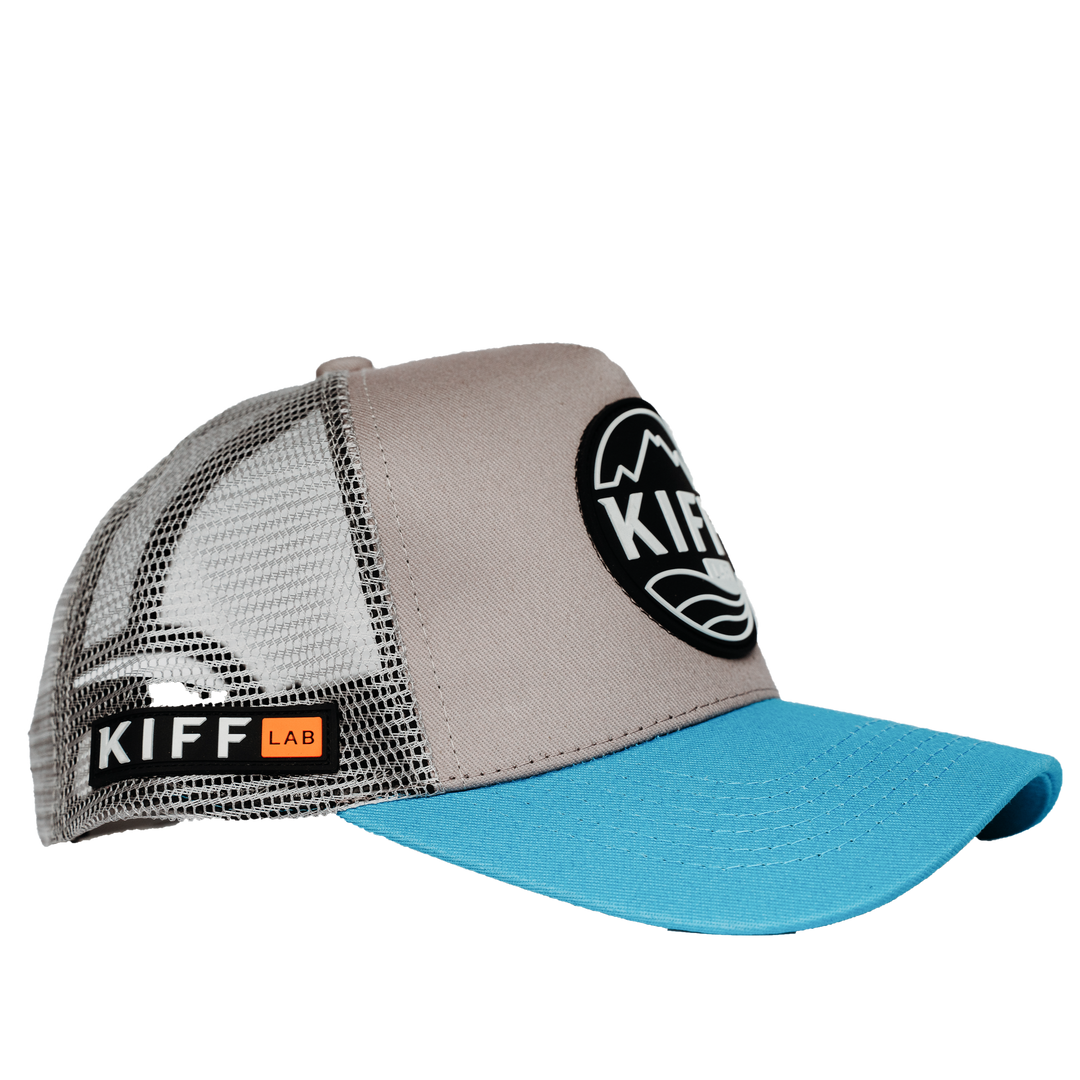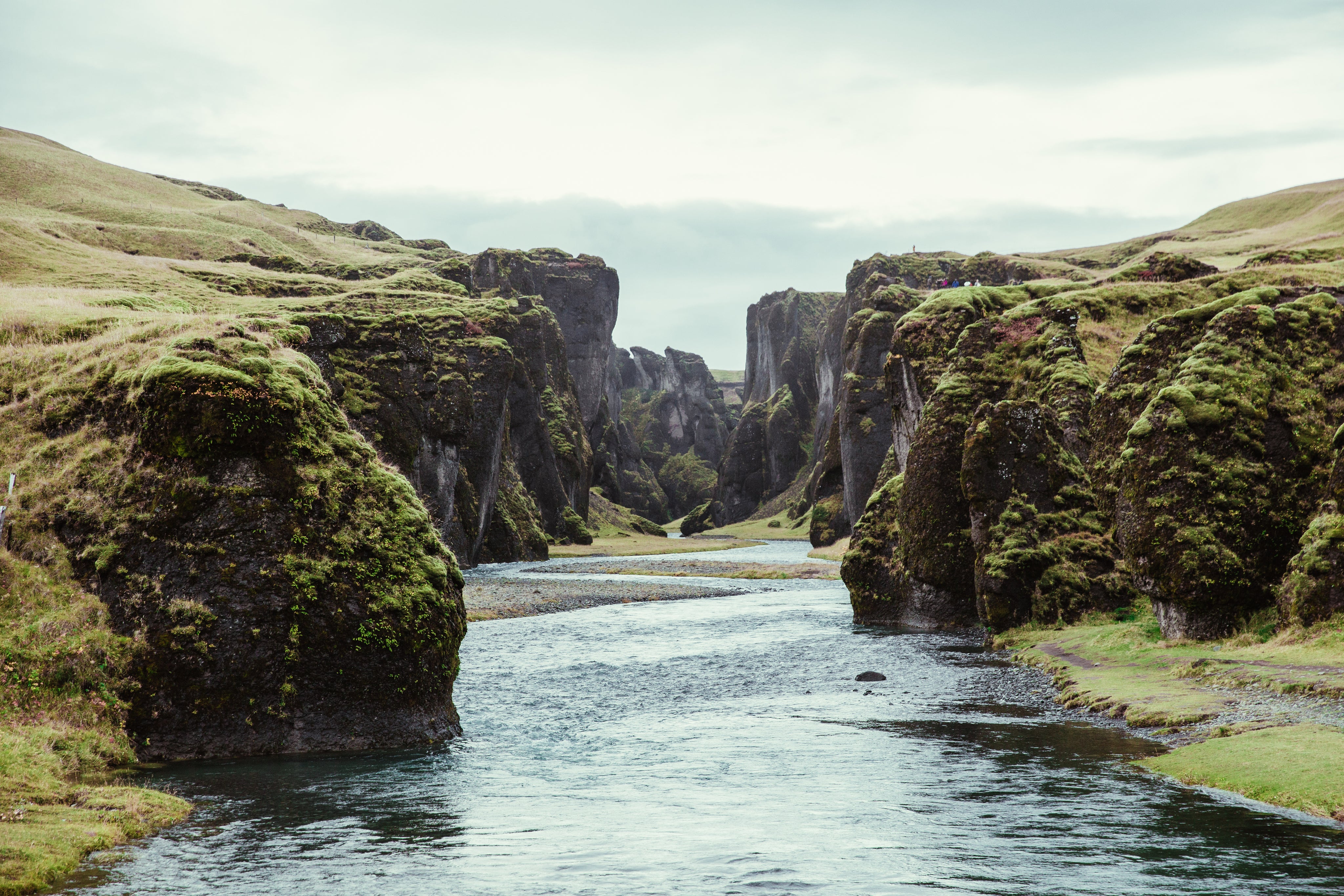Navigating Rivers Safely in a Kayak
Embarking on a river kayaking trip requires more than just paddling skills - it requires the ability to read the river. We’re here to help you navigate these currents with confidence.
Plan Your Route
Planning your kayaking route is essential, particularly pinpointing your exit point to ensure safety, manage your paddle time, and conserve energy. Study river maps for landmarks and use GPS for guidance, but also keep a physical map as a backup. Visually scout your takeout location for distinctive features, and communicate your plan with someone off-trip for safety. Always check the takeout conditions before departure, as water levels can fluctuate, and have an alternative in mind. With a well-planned route, you’re not just setting up for a successful conclusion but an enjoyable and safe journey from start to finish.
Paddle Smart
To paddle smart means to have a healthy respect for these classifications and to choose your route accordingly. Start with waterways that match your experience, and as your skills improve, incrementally increase the difficulty of your trips. This cautious progression allows you to build your paddling skills in a controlled environment, learning to navigate the nuances of river currents, eddy lines, and wave trains safely. By methodically advancing through the classes, you also develop a deeper understanding of hydrodynamics, which is invaluable when reading and responding to the river’s behavior.
Moreover, paddling within your limits also involves preparing for the unexpected. Even a well-known section can present new challenges with changes in weather or water levels. Paddlers should always be prepared to encounter unfamiliar conditions and have the prudence to back out when the river seems beyond their control. We encourage you to embrace the journey of becoming an adept kayaker, recognizing that the wisdom gained from each trip down the river is just as valuable as the thrill of the rapids themselves.
Eddies: The Paddler’s Haven
Eddies are a kayaker’s sanctuary amidst the relentless flow of a river. Formed behind boulders or inside bends, these natural resting spots are formed by obstacles like boulders or the shape of the riverbank, particularly on the inside of bends where the water’s velocity decreases. For paddlers, eddies offer a crucial tactical advantage - a place to pause and assess the river ahead, plan the route, catch one's breath, or simply enjoy a moment of stillness on the water.
Locating an eddyline is a skill in itself. Seasoned kayakers search for visual cues such as a break in the river’s uniformity, a place where leaves or foam circles upstream, or where the water appears deceptively calm. These indicators signal the presence of an eddy behind an obstruction or along a river bend. Approaching an eddy requires a strategic angle and a deliberate stroke to cross the eddy line - the boundary between the moving river and the eddy's stillness. Paddlers must navigate this transition with precision, often employing a high brace or a sweep stroke to maintain balance and direction.
Exiting an eddy, known as peeling out, is equally strategic. Kayakers position their boats at an upstream angle and use powerful strokes to merge back into the flow. This maneuver is essential for navigating through complex river features or setting up for the next set of rapids. It's a dance with the river’s rhythm, and mastering it is a rite of passage for whitewater enthusiasts.
Wave Navigation
Wave navigation is a crucial skill in kayaking, especially when encountering a wave train—a series of continuous waves found in rivers.
Navigating wave trains in kayaking involves maintaining a straight downstream course and paddling firmly to keep momentum. This alignment helps the kayak move smoothly over continuous waves, reducing the risk of capsizing. A steady paddling pace is crucial, especially for larger waves, to prevent the kayak from getting swamped. Proper body posture, leaning slightly forward, enhances stability and responsiveness. Anticipating the wave pattern allows for better preparation for each wave
Understanding Waves and Holes
Understanding waves and holes is crucial for river kayaking. Waves are smoother, predictable patterns formed by water flowing over obstacles, navigated by aligning with the flow and steady paddling. Holes, however, are turbulent areas where water recirculates, potentially trapping a kayak. They are recognized by their chaotic water and should be avoided, but if caught, paddling forcefully downstream helps escape their grip. Mastery in differentiating and handling these features comes with practice and experience.
Avoiding Obstacles
Navigating around river obstacles like strainers and lowhead dams is crucial for safe kayaking. Strainers, such as fallen trees, and the deceptive currents of lowhead dams pose significant risks. Always scout the river in advance and remain vigilant for these hazards while paddling. When approaching boulders or other obstructions, steer your kayak at an angle to avoid them, using decisive strokes. If a collision is unavoidable, lean into the obstacle to stabilize and push off. In uncertain situations, it's safest to stop and scout the best path around the hazard.
Seek the Tongue
In river kayaking, seeking the tongue of a rapid is key to a safe passage, as it represents the smoothest and deepest part of the rapid, indicating fewer obstructions. This V-shaped or ramp-like path stands out in the chaotic whitewater and aligning your kayak with it allows you to harness the natural flow of the river. Approach it head-on, maintaining a steady paddle rhythm and a forward-leaning posture for stability. However, it's important to assess each rapid individually, as the tongue might not always be the safest route. In challenging or unfamiliar rapids, scouting ahead on foot can be crucial.
Scout Horizon Lines
Scouting horizon lines, where the river seems to abruptly drop, is essential in river kayaking for identifying potential hazards hidden from a kayak’s low perspective. It involves exiting the river to gain a higher viewpoint, allowing you to assess the upcoming rapid’s difficulty and spot any dangers like rocks, holes, or strainers. This process is crucial for planning a safe navigation strategy, deciding if the rapid matches your skill level, or if portaging is necessary. Observing the water flow also helps in understanding how your kayak might respond.
Depth Perception
Depth perception in river kayaking is crucial for distinguishing between deep and shallow waters to navigate effectively and avoid hazards. Deep water sections typically appear darker with smoother surfaces due to fewer ripples, as the depth absorbs more light and is less obstructed by the riverbed. Conversely, shallow areas often have more surface disturbance, like ripples or small waves, caused by water flowing over riverbed materials, and appear lighter in color. Developing this skill requires practice and is essential for route planning and safety, especially in unfamiliar waters. It helps in avoiding shallow spots that can damage the kayak or pose injury risks in case of capsizing.
Safety First
Always wear a properly fitted PFD and appropriate attire for the conditions. If you capsize, remain calm. Aim to self-rescue by returning to your kayak or swimming to shore, keeping your feet up in rapids to avoid foot entrapment.
Kayaking down a river can be an enriching experience with the right preparation and knowledge. 

KiffLab’s Commitment
With KiffLab’s durable and sustainable dry bags and waterproof backpacks, you can rest assured that your gear will stay dry and secure, no matter where your river reading takes you. Knowing your route and being prepared with reliable gear means you can focus on the joys of the journey, secure in the knowledge that you’re well-equipped for whatever lies ahead.












